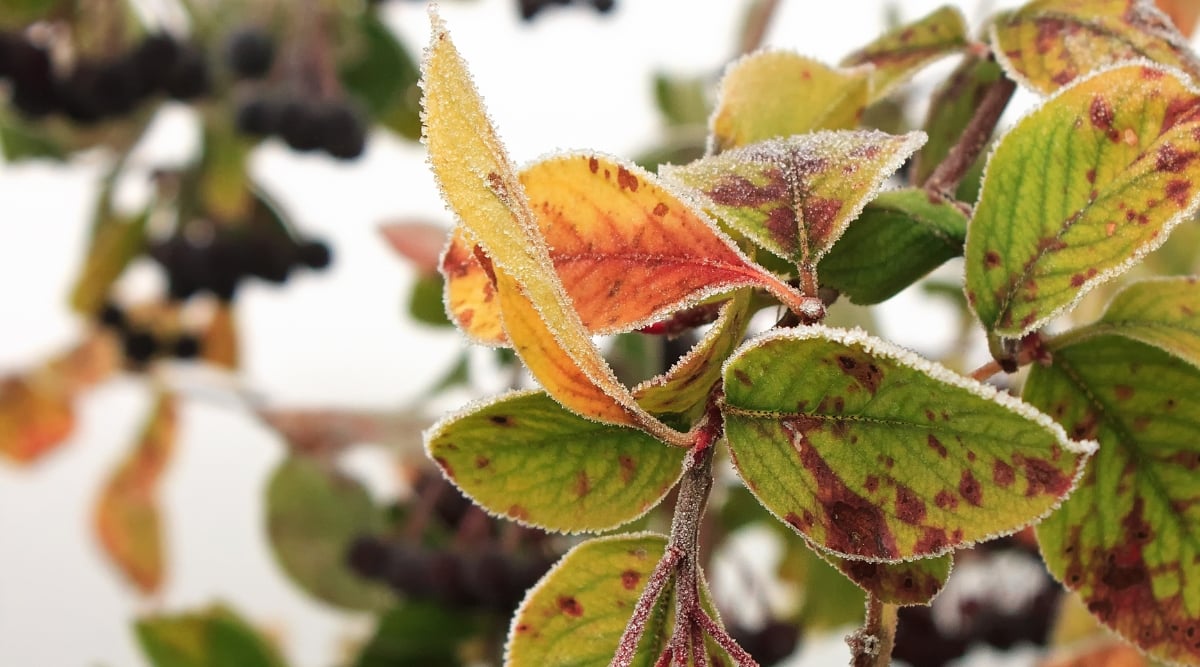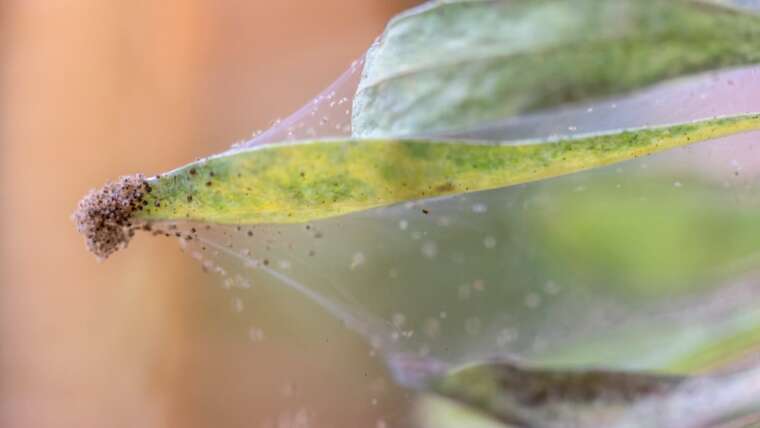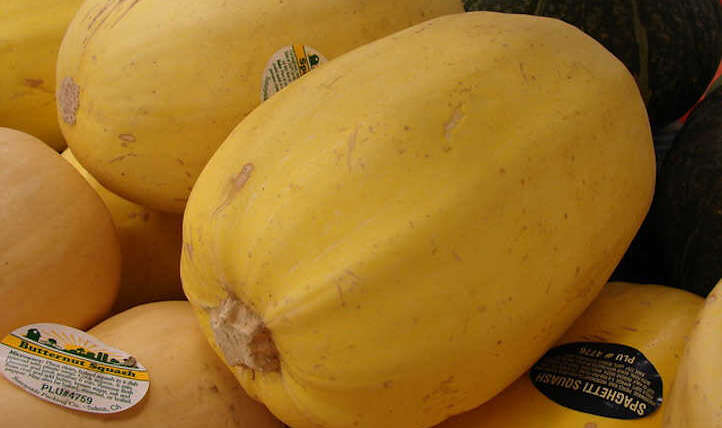Black chokeberry (Aronia melanocarpa) and red chokeberry (Aronia arbutifolia) are members of the rose family (Rosaceae). These plants are native throughout eastern and central North America, where you see them growing in fields, disturbed areas, and open woodlands. Many cultivars are available, each with a unique set of attributes.
This deciduous shrub has simple, slightly glossy, bright green leaves. During spring, clusters of showy 5-petaled white flowers bloom, attracting many pollinators.
In the summer, plants develop clusters of small round, dark, purplish-black fruits enjoyed by birds and small mammals. The leaves change to bright oranges and reds in the autumn, with the fruits lingering along the stems.
These low-maintenance shrubs adapt well to various soil types and moisture conditions. They are very tolerant of wet soils and work well as erosion control. They look beautiful in shrub borders, naturalized areas, and as accent plants.
Let’s dig into more details about how to grow and care for this easy-to-grow native shrub!
Plant Overview
| | |
History
 These North American plants thrive in wetlands.
These North American plants thrive in wetlands.
Chokeberries grow numerous root suckers and readily spread to form thickets and colonies. Historically, they’ve provided food for people and wildlife. They also offer ornamental value to the home gardener.
Due to its popularity as a landscaping plant, breeders have introduced several beautiful cultivars. They are very easy to grow and will enrich your landscape.
Some varieties of flowers have showy pink anthers, adding to their allure. By mid-summer, the flowers give way to showy berries that range from deep red to black, depending on the cultivar and species.
Cultivation
 Red and black varieties offer versatile landscaping potential.
Red and black varieties offer versatile landscaping potential.
These shrubs grow in USDA hardiness zones 3 through 8. The best flowering and fruiting is in full sun, but they tolerate partial shade. Fortunately, they’re not prone to many pests or diseases and should be a relatively trouble-free plant in your landscape.
This three-season plant has desirable landscaping characteristics from spring through fall. You can appreciate the spring blossoms, summer greenery and small fruits, and the showy autumn foliage. The fruits may even persist into the winter months before they are consumed by birds, who may also use the branches as winter perches.
Trimming root suckers controls any unwanted growth and spread. Aside from this, maintenance is minimal.
Propagation
These ornamental shrubs are often available at the local nursery. You can also grow one from seed, by taking cuttings, or by digging up a naturally occurring seedling. If you buy from a garden center, choose one that looks vigorous and healthy.
Avoid plants with any signs of rot, disease, or pests. Look for a plant with a well-balanced form and strong, healthy-looking branches.
Seed
 Dropped fruits sprout into new seedlings.
Dropped fruits sprout into new seedlings.
Cold-stratify the seeds by allowing them to overwinter outside in natural wintery conditions. For those in relatively warm climates, plant your seeds in a potting mix and then pop them into the refrigerator for about a month to simulate winter-like conditions.
If you already have a chokeberry shrub, there’s a good chance your plant may drop fruits on the ground. The seeds inside the fruit will grow into new seedlings you can transplant to a new location. This can be a very easy way to propagate your plants, allowing nature to do most of the work.
Unfortunately, seedlings from hybrids may not be true to the parent plant, so the outcome of your new plants won’t be revealed until they mature.
Cuttings
 Propagating plants through softwood cuttings ensures genetic consistency with the parent plant.
Propagating plants through softwood cuttings ensures genetic consistency with the parent plant.
You can take a softwood cutting in late spring or early summer. This is a fairly easy and reliable method. Unlike growing from seed, plants grown from cuttings have the same genetic material as the parent plant and will remain identical to their parent.
Your cutting should be about 4 or 5 inches long and contain fresh, healthy green stem material. Remove any lower leaves, leaving just the top 2 or 3 leaves at the tip of the cutting. Dip the bottom 2 to 3 inches in a rooting hormone and plant your cutting in a pot with clean, moist soil.
Keep the soil moist until it shows signs of fresh new growth, indicating a successful cutting. Not all cuttings will take root, so you may want to take multiple cuttings to increase your chances of success. Allow the successfully rooted cuttings to grow in their pots for several months, and transplant them into your yard once they develop a sturdy root system.
Planting
 Transplant seedlings in spring or fall on a cool day.
Transplant seedlings in spring or fall on a cool day.
When you have seedlings, cuttings, or young plants ready to transplant outdoors, choose a cool, overcast day in the spring or fall. Prepare a hole a bit larger than the root ball of your existing plant.
If your soil is poor quality, work in some organic compost to add extra nutrients. Carefully remove the plant from its pot and transplant it into the hole.
Fill around the roots with fresh soil and water your new transplant well. Keep the soil moist for several weeks to help your new plant become established in its new home.
How to Grow
Sunlight
 These plants thrive with 6 hours of direct sunlight.
These plants thrive with 6 hours of direct sunlight.
These robust plants do best with at least 6 hours of direct sunlight each day. They will also do well in partial shade but will not flower or fruit as profusely. Plants will grow in full shade but might be lanky and unlikely to flower.
Water
 This shrub thrives in moist soil.
This shrub thrives in moist soil.
These shrubs prefer moist soil and also tolerate occasionally wet soil. They will survive occasional dry conditions. The red variety is more tolerant of wet soils than black.
Soil
 They thrive in well-drained acidic soil with a pH of 5.1 to 6.5.
They thrive in well-drained acidic soil with a pH of 5.1 to 6.5.
Chokeberry plants are very adaptable and will tolerate varied soils, including sandy and clay soils, although these plants prefer their location to be well-drained. They do best in acidic soil with a pH of 5.1 to 6.5 but will tolerate a pH greater than 6.5.
Climate and Temperature
 They grow best in USDA zones 3-8, preferring cool climates over hot, arid ones.
They grow best in USDA zones 3-8, preferring cool climates over hot, arid ones.
Depending on the variety, these plants are generally hardy in USDA plant hardiness zones 3 through 8. They do very well in cooler climates with cold winters but not in hot, arid climates.
Fertilizer
 Use nutrient-rich soil with added compost for healthy growth and flowering.
Use nutrient-rich soil with added compost for healthy growth and flowering.
Because chokeberries are native plants, they’re well adapted to natural conditions. You should not need to add any additional fertilizer.
They thrive in nutrient-rich soil, so some organic compost during planting goes a long way to helping establish a healthy, mature plant. If you notice that your plant has stopped flowering, you can try adding some extra compost for an extra boost.
Maintenance
 Prune for health and appearance.
Prune for health and appearance.
The main concern of the home gardener will be keeping your plants from spreading too much. Use sharp, sturdy pruners to prune off unwanted root suckers to keep your plants looking vibrant and healthy and improve airflow.
Harvesting fruit when it has developed will prevent the fruit from falling to the ground below, resulting in new plants forming around the existing plant’s base. Removing the fruit before it can drop prevents this and also prevents you from stepping on fruit and unintentionally tracking the berry juice into your home.
Garden Design
 This valuable native shrub is ideal for sunny or partially shaded landscapes.
This valuable native shrub is ideal for sunny or partially shaded landscapes.
Mass chokeberry with other fast-growing shrubs to create a privacy hedge or wind-break. Plant it as a taller centerpiece in a wildlife-friendly garden that attracts birds and pollinators.
You won’t want to hide this plant behind anything taller because you would miss out on its showy flowers, fruits, and brilliant fall foliage. Plant it with some other showy fall plants for a spectacular display.
As you plan your garden design, consider potential spread. If you are creating a hedge, placing your plants closer together is okay, but in a few years, you will need to do some pruning to keep them from crowding their neighbors.
Varieties
‘Autumn Magic’
 This stunning cultivar has brilliant red foliage in autumn.
This stunning cultivar has brilliant red foliage in autumn.
‘Autumn Magic’ is a beautiful cultivar with brilliant red fall foliage that would look spectacular massed in a larger cluster. It grows 4 to 6 feet tall and produces large clusters of purplish-black fruits.
It’s hardy in zones 3 through 7. If you’re looking for a beautiful plant for your wildlife-friendly garden, try a bit of ‘Autumn Magic.’
‘Glossy Black’
 This compact shrub has striking fall foliage and appealing fruit clusters.
This compact shrub has striking fall foliage and appealing fruit clusters.
Grow ‘Glossy Black’ chokeberry for its rounded shape and medium height (5 to 7 feet tall). It is hardy in zones 3 through 9 and tends not to sucker as much as the native variety.
It has excellent brightly-colored fall foliage color and attractive fruit clusters that ripen from red to black. This shrub would make an excellent border plant with stunning fall foliage.
‘Iroquois Beauty’
 This variety features white flowers in spring and vibrant fall foliage.
This variety features white flowers in spring and vibrant fall foliage.
‘Iroquois Beauty’ is a black cultivar that grows best in zones 3 through 7. This more compact plant typically stays just 2 to 3 feet tall.
It will slowly spread to create an attractive mass. ‘Iroquois Beauty’ has beautiful white spring flower clusters and excellent fall foliage color. If you’d like to try this species but hope for something smaller and more compact, ‘Iroquois Beauty’ is a great option.
‘Viking’
 The ‘Viking’ cultivar is a compact shrub with colorful foliage and abundant fruit clusters.
The ‘Viking’ cultivar is a compact shrub with colorful foliage and abundant fruit clusters.
‘Viking’ is a cultivar that grows 3 to 6 feet tall and equally 3 to 6 feet across. This variety has good fall color, including orange, red, and burgundy foliage. It produces plentiful clusters of fruits. Viking is hardy in zones 3 through 9.
Red Chokeberry
 The common red variety is a fast-growing native shrub with red berries.
The common red variety is a fast-growing native shrub with red berries.
The typical red variety is a native shrub commonly found in wetlands throughout central and eastern North America. It has bright red berries in the fall, making it a very attractive landscaping plant.
However, this species can grow quickly and aggressively, spreading by root suckers and creating dense thickets. This growth habit may be useful or detrimental, depending on your garden’s needs.
Black Chokeberry
 This type forms dense colonies through root suckers and produces berries cherished by birds.
This type forms dense colonies through root suckers and produces berries cherished by birds.
This native species is found in central and eastern North America, growing along stream sides and in moist fields, meadows, and forest edges.
When you grow black chokeberry, it will spread by root suckers and eventually form dense colonies. This plant produces numerous black to purple-black berries each fall that are much loved by fruit-eating birds.
Wildlife Value
 This plant provides significant wildlife benefits through its flowers, fruits, and shelter for birds and insects.
This plant provides significant wildlife benefits through its flowers, fruits, and shelter for birds and insects.
Grow chokeberry to offer tremendous value for wildlife. Many pollinators, including butterflies and native bees, will enjoy the flowers in the spring.
Fruit-eating birds and small mammals will enjoy the small, abundant fruits in the summer and throughout the autumn months. Birds and insects will seek shelter in the vegetation. The dense, low-growing branches may offer nesting opportunities for songbirds.
Pests and Diseases
Fortunately, this species doesn’t generally suffer from many pests or diseases. They are not deer-resistant, although these plants don’t seem to be a favorite for herbivorous mammals.
Mammals
 Mammal browsing is reduced when plants reach full size.
Mammal browsing is reduced when plants reach full size.
Rabbits and deer will browse on the glossy foliage. Once your plants grow to their full size, you should not have too much trouble with mammals.
They will prefer to forage elsewhere, and your plants will be large enough to share a few bites with hungry animals.
Blight
 This plant may experience occasional leaf blight from bacteria or fungi.
This plant may experience occasional leaf blight from bacteria or fungi.
Leaf blight may be an occasional problem, but it is not terribly common. Blight may be caused by bacteria or fungi, resulting in the yellowing and browning of leaves.
If you suspect a blight infection, remove and dispose of (not compost) the most severely infected leaves, and do not allow them to stay on the ground over the winter. Prune dense colonies to improve airflow and increase the spacing between individual plants.
Leaf Spot
 There are many leaf spot pathogens, most of which are fungal or bacterial in origin.
There are many leaf spot pathogens, most of which are fungal or bacterial in origin.
Leaf spot is associated with several diseases that affect the foliage of many species of plants. A leaf spot can be caused by a fungus or bacteria, resulting in visible spotting on the leaves.
Spots may start yellow and quickly turn brown, eventually causing the entire leaf to die. Other forms may cause black speckling, watersoaked patches on leaves, or other symptoms. Practice good plant hygiene by giving your plants plenty of space, removing severely infected parts, and removing fallen leaves to prevent reinfection the following year.
Frequently Asked Questions
Yes. They’re edible, but have earned the name chokeberry for good reason. The fruits are extremely sour and astringent and should not be eaten raw. Cook them before eating and use to make jams and jellies, or simply leave them to feed the local birds and wildlife.
These shrubs don’t really need pruning. The most regular pruning you may want to do is remove any unwanted suckers that sprout up from the ground. Remove any damaged or dead branches. Otherwise, there’s no need to do any regular pruning. They sprout new leaves each year on old wood branches and will typically grow naturally into a fairly balanced shape.
The most common reason is lack of sunlight. If you want the best flowering and fruiting, plant in a location with at least 6 hours of sunlight each day. If your plant is in full sun, try adding some organic compost or worm castings as a side dressing around your mature plants. This will help give a nutrient boost to the soil that may stimulate flowering.
Final Thoughts
Grow chokeberry as an attractive and useful ornamental native shrub. It has tremendous benefits for wildlife, particularly insect pollinators, fruit-eating birds, and mammals. If you live in a cooler or moderate climate and have a sunny spot with consistently moist soil, you have a wonderful environment for these plants. Grow them for beautiful spring flowers, showy fruits, dazzling fall foliage, and a full growing season’s enjoyment!




